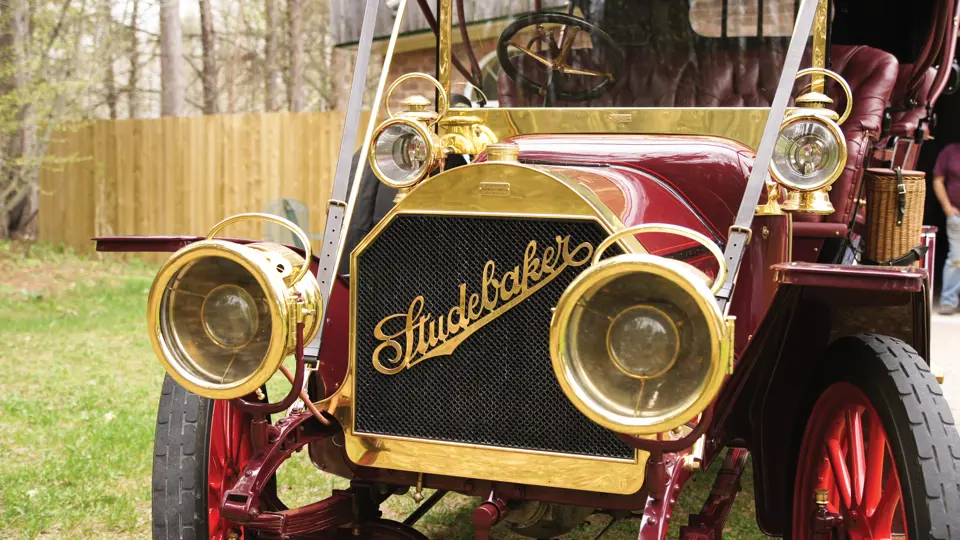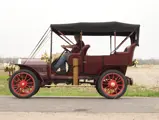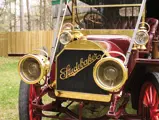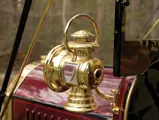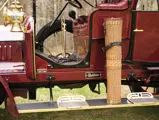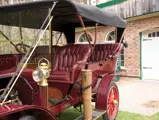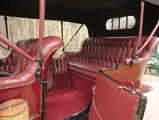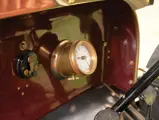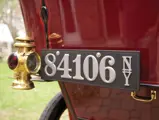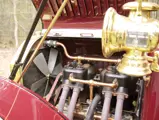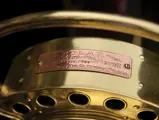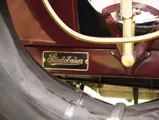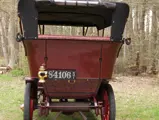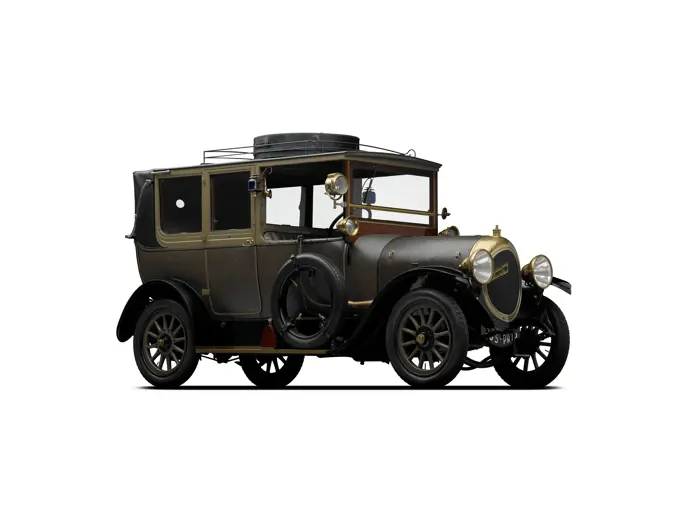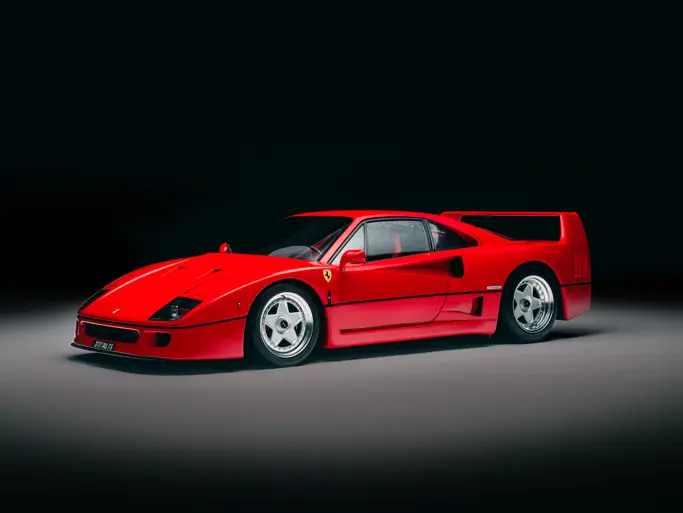
1906 Studebaker Model G Touring
{{lr.item.text}}
$275,000 USD | Sold
{{bidding.lot.reserveStatusFormatted}}
- An advanced early American automobile
- Formerly owned by Henry Austin Clark Jr., Bill Harrah, and Bob Valpey
- Refined T-head power and factory dual exhaust
- Best in Class at Meadow Brook and the Amelia Island Concours d’Elegance
- A wonderful Brass Era tourer with superb performance
30/35 hp, 280.6 cu. in. T-head four-cylinder engine, three-speed progressive manual transmission, and rear-wheel mechanical drum brakes. Wheelbase: 104 in.
America’s oldest vehicle manufacturer, Studebaker, made its first foray into automobile production in 1897. Their track record for producing the highest quality horse-drawn vehicles was initially carried over into electric-powered vehicles and then gasoline-powered ones. Like most Midwestern manufacturers of their time, they started out producing smaller two-cylinder vehicles and then eventually progressed into larger, grander ones.
A flagship of the 1906 Studebaker line was the Model G, priced in the “high end” of automobiles at $4,000. It was offered with a five-passenger Roi des Belges touring car body, which had compound curves that were a significant step ahead in automotive design for the time. The Model G was perhaps the ultimate Brass Era product from South Bend, as it boasted a T-head, dual-cam, four-cylinder engine that could produce 36 horsepower. Its exhaust system was made up of four individual headers, which were muffled by an innovative factory dual exhaust that had one point at each end of the muffler. The transmission was a three-speed progressive gearbox that was produced for Studebaker by Garford, of Elyria, Ohio. Geared steering made the car’s operation surprisingly easy and agile for the time. Reportedly, a Model G was capable of cruising at speeds between 40 and 45 mph, with a higher top speed possible.
The car offered here, chassis number 841, was reportedly originally owned by a doctor in New York City. Around 1909 it passed to a retired physicist, Nathan Wheeler, of Calley College, New York. Not long after, Wheeler dubbed the car outdated for everyday use, and it was put away at his home in rural New Hampshire.
In the 1940s the Studebaker was uncovered by Henry Austin Clark Jr., one of the earliest American enthusiasts, whose collecting and historical research has become legendary. The “sleeping beauty” was in solid and complete original condition, having been well protected from the elements, and Clark did not hesitate to purchase it for his Long Island Automotive Museum. During his ownership it was restored and then reportedly utilized by Studebaker for a promotional film, which was produced in Florida in 1953.
Mr. Clark maintained the Studebaker until 1968, when it was offered for sale at Parke-Bernet’s auction at the Larz Anderson Museum in Brookline, Massachusetts. It was sold for the then-princely sum of $6,750 to Bill Harrah, for his own renowned collection in Reno, Nevada. There it remained on display until 1982, when it was purchased by Bob Valpey and returned to a stable in New Hampshire, where it had spent so many of its early years.
Mr. Valpey began the Studebaker’s restoration, which was continued in the ownership of Dr. Leo Parnagian, of Michigan, and then by the current owner after he purchased the car in 2005. After finally being returned to beautiful original condition, with an electric starter fitted for easy operation and its correct set of side curtains and top cover, it debuted that year at the Meadow Brook Concours d’Elegance, taking top honors in its class. With additional detailing, it was shown at the 2006 Amelia Island Concours d’Elegance, where it again garnered Best in Class.
Since then, the car has been regularly toured and enjoyed by its owner, who reports that it is ready for another century of enthusiastic road use. It is offered with a copy of its original sales brochure and price list; the catalogue from the 1968 Parke-Bernet Larz Anderson sale, with a color photograph of this car and a handwritten notation of its price; the inventory and sale cards from Harrah’s; and full picture documentation of its restoration.
This handsome brass tourer is reportedly the oldest existing four-cylinder Studebaker, and it has been treasured by some of the greatest names in automotive enthusiasm: Clark, Harrah, and Valpey. It is one of the few Brass Era cars that were built in the early 1900s and are still enjoyable and practical for touring use, and it will continue to be a pleasurable acquisition for its new owner.


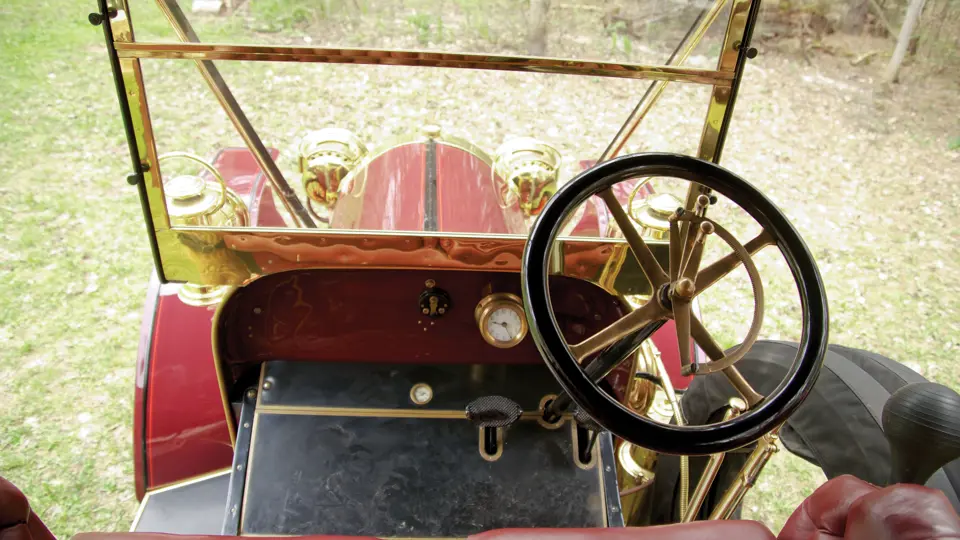

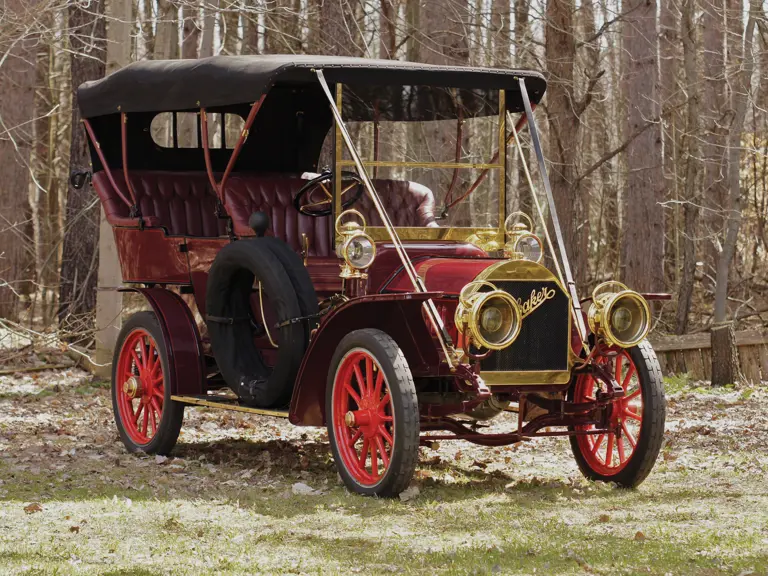
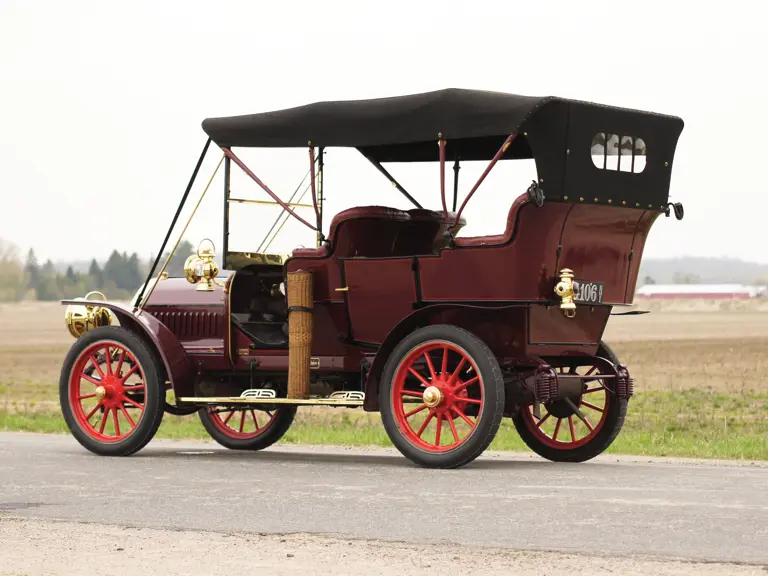
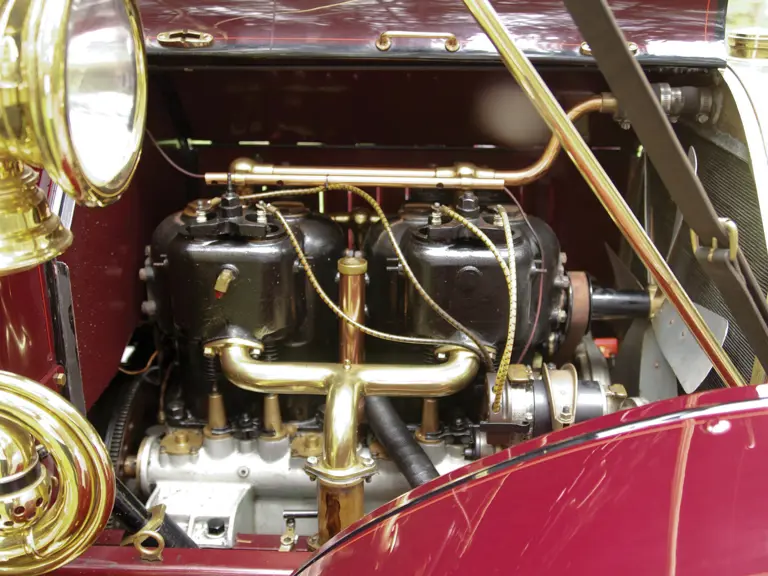

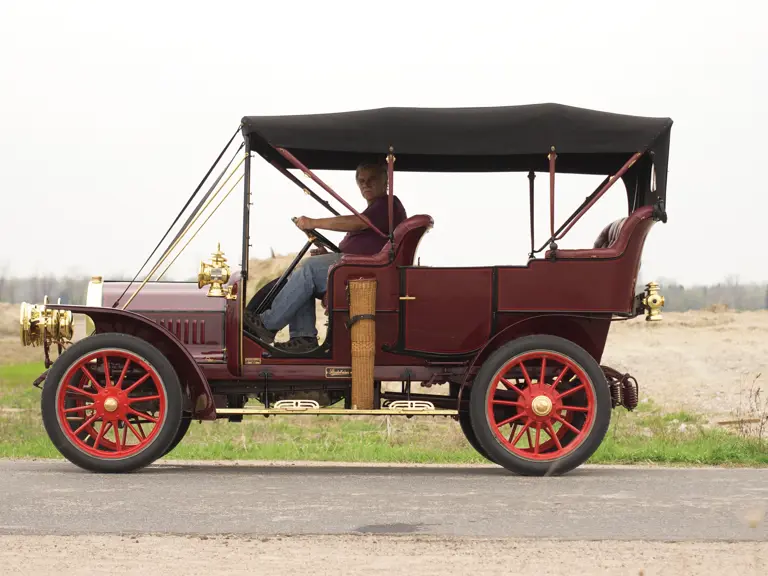
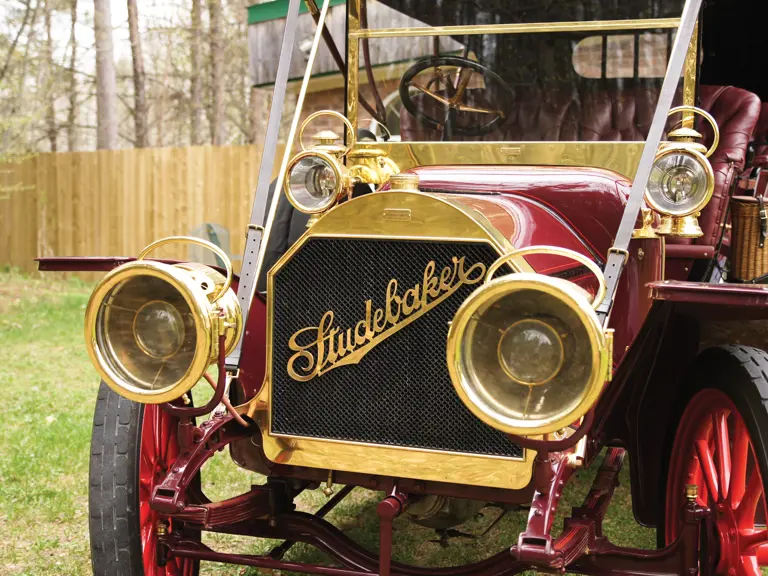
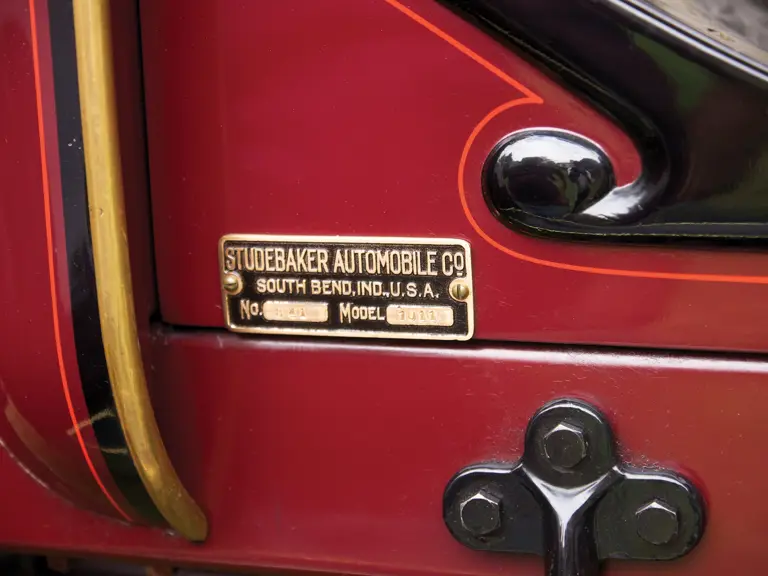
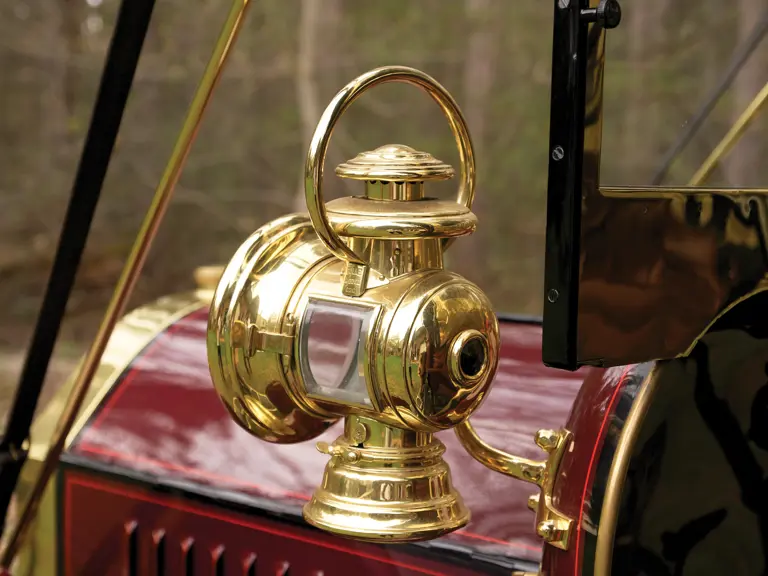

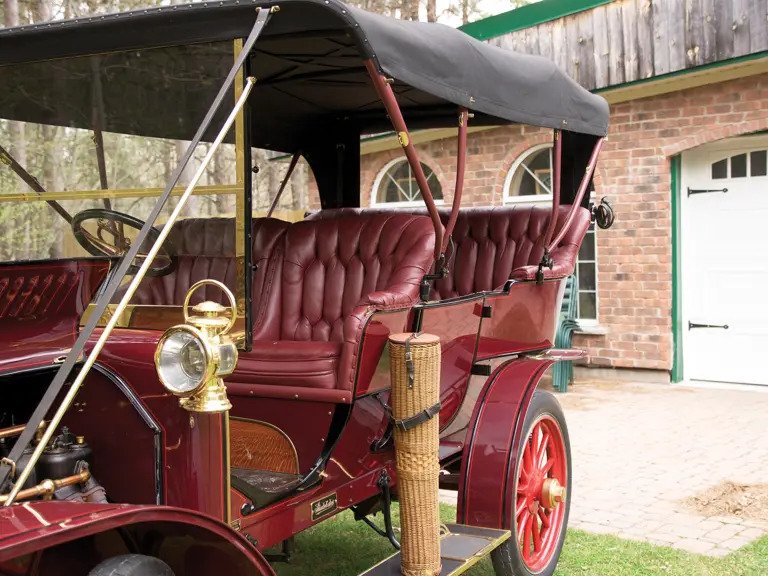
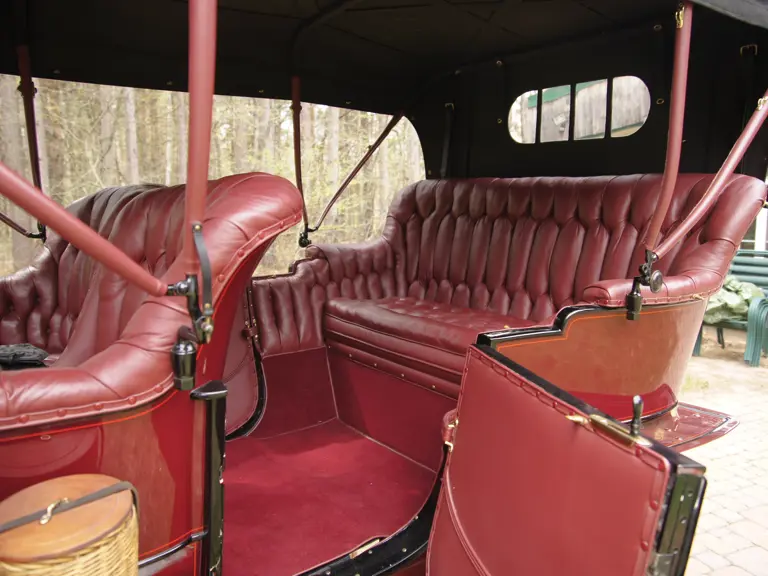
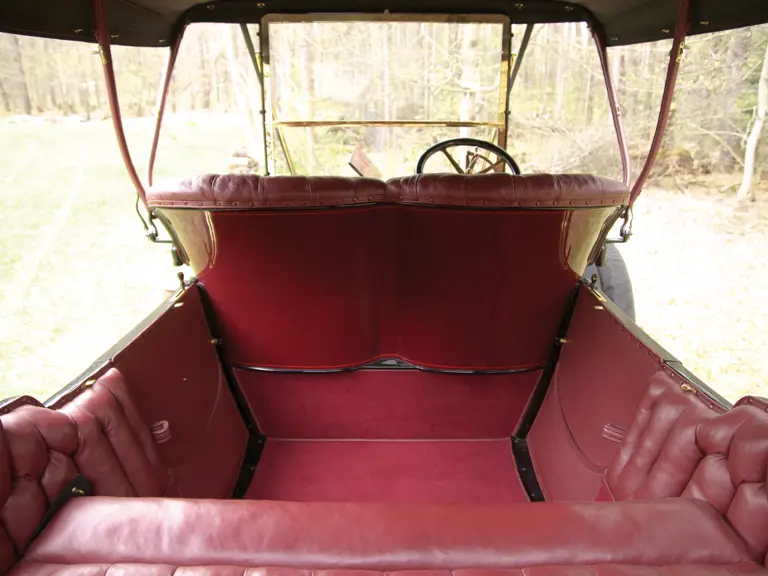
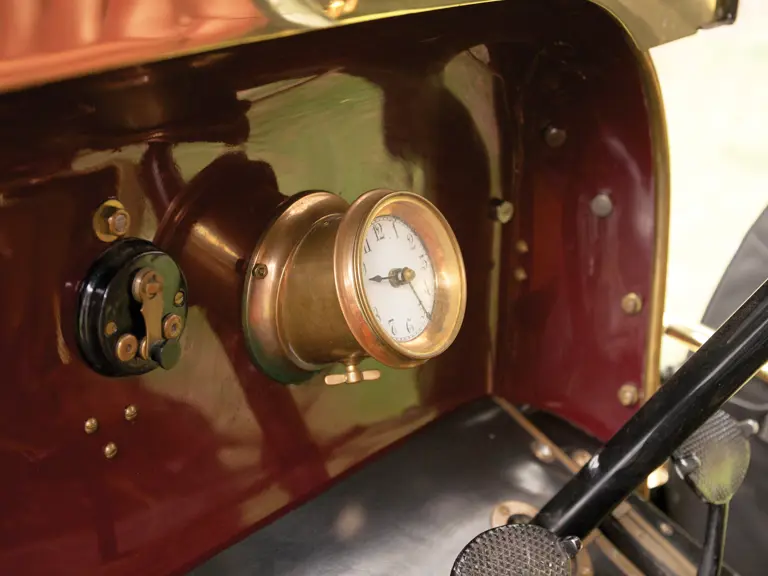

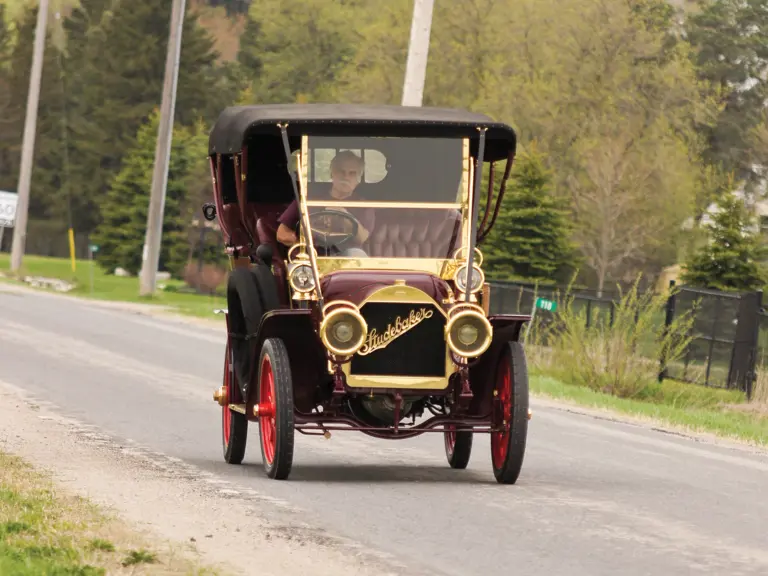
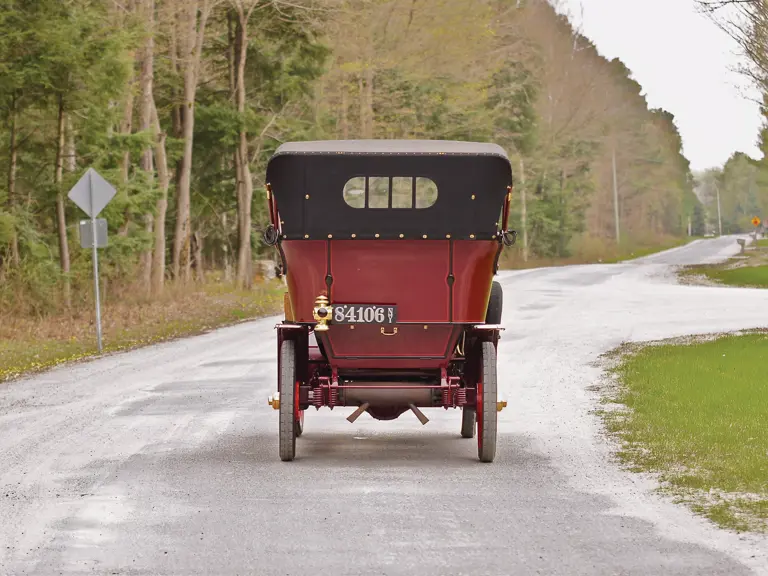
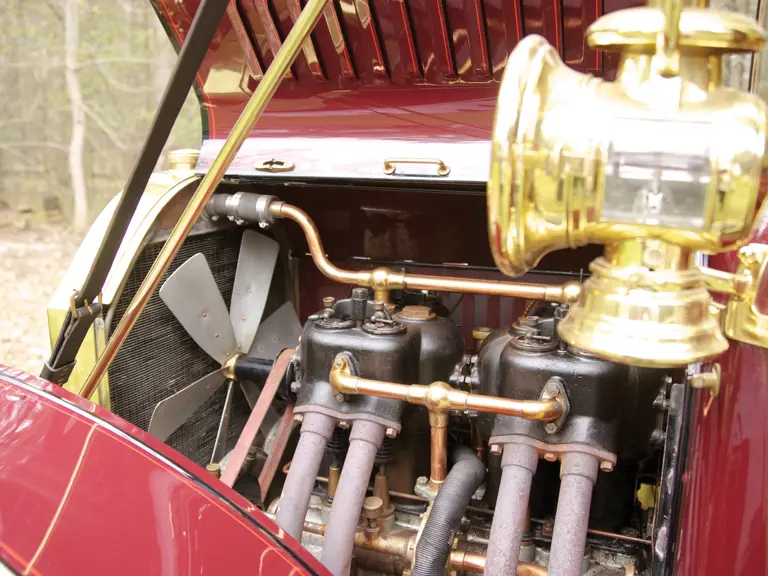
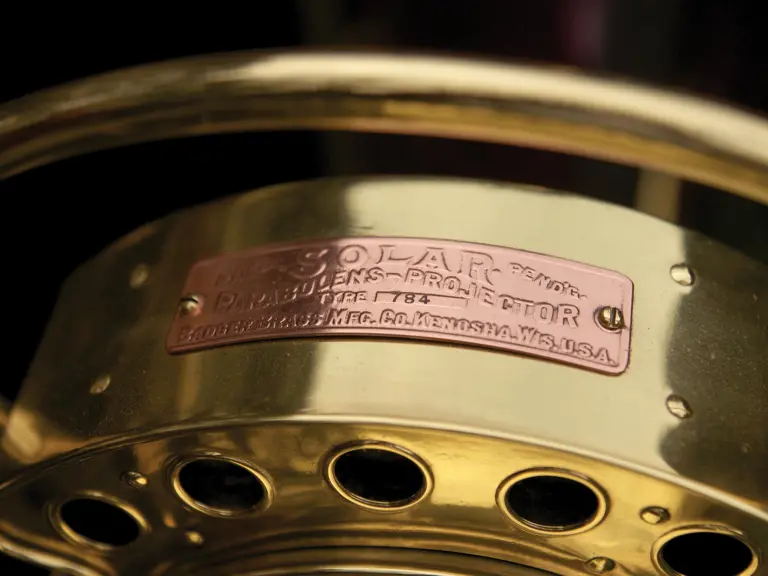
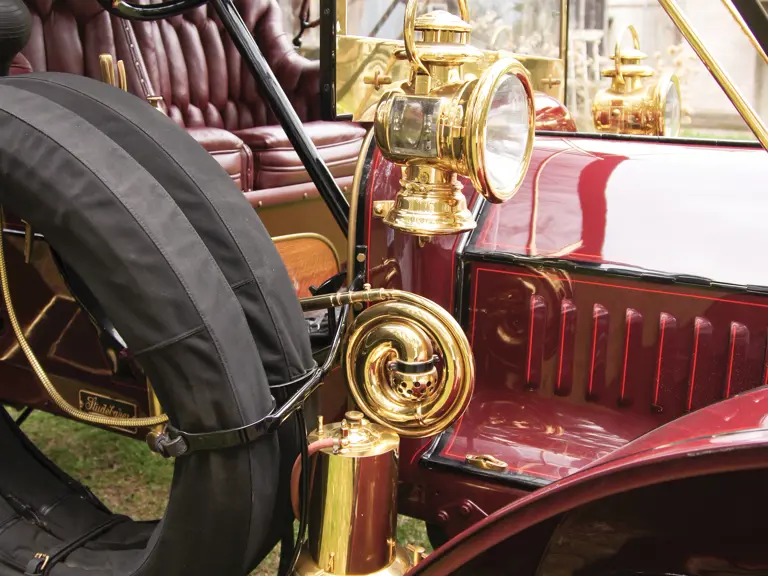
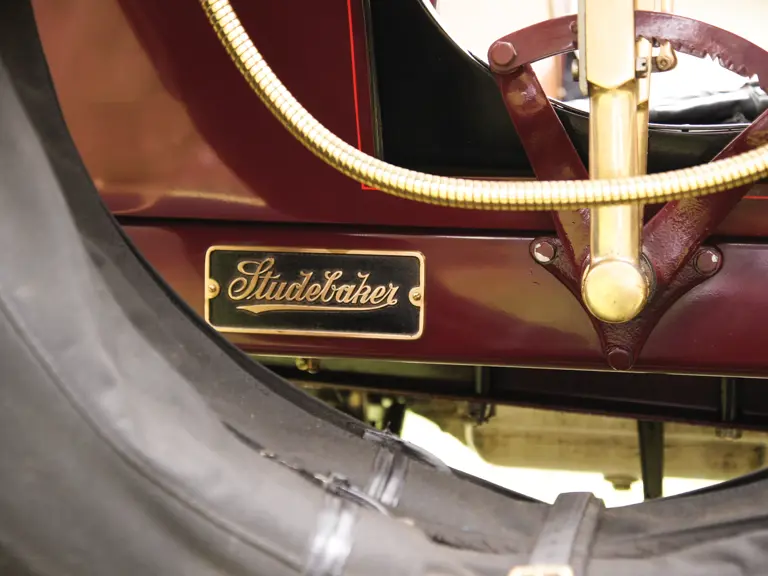

 | Plymouth, Michigan
| Plymouth, Michigan

